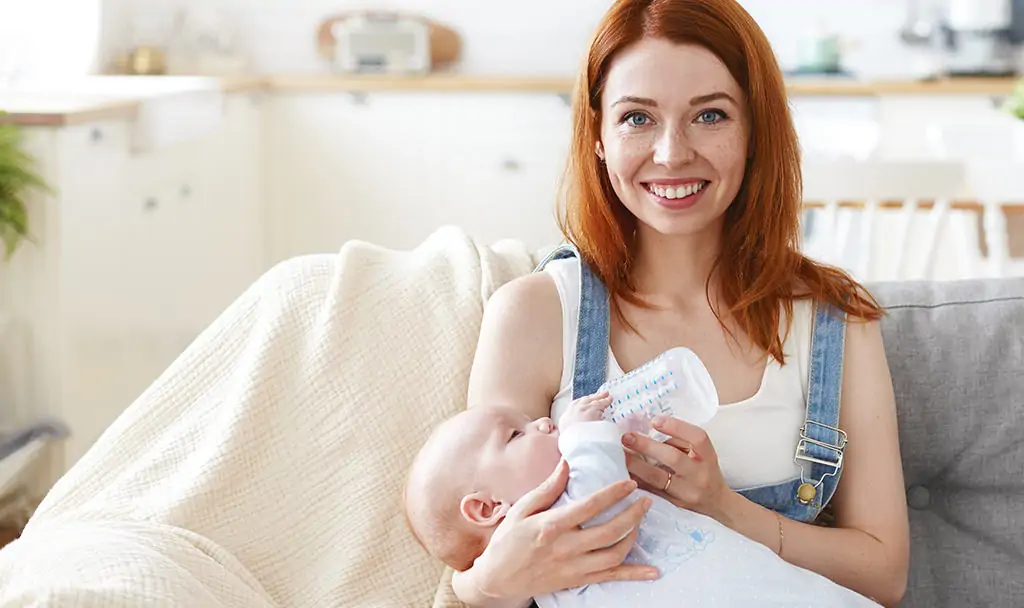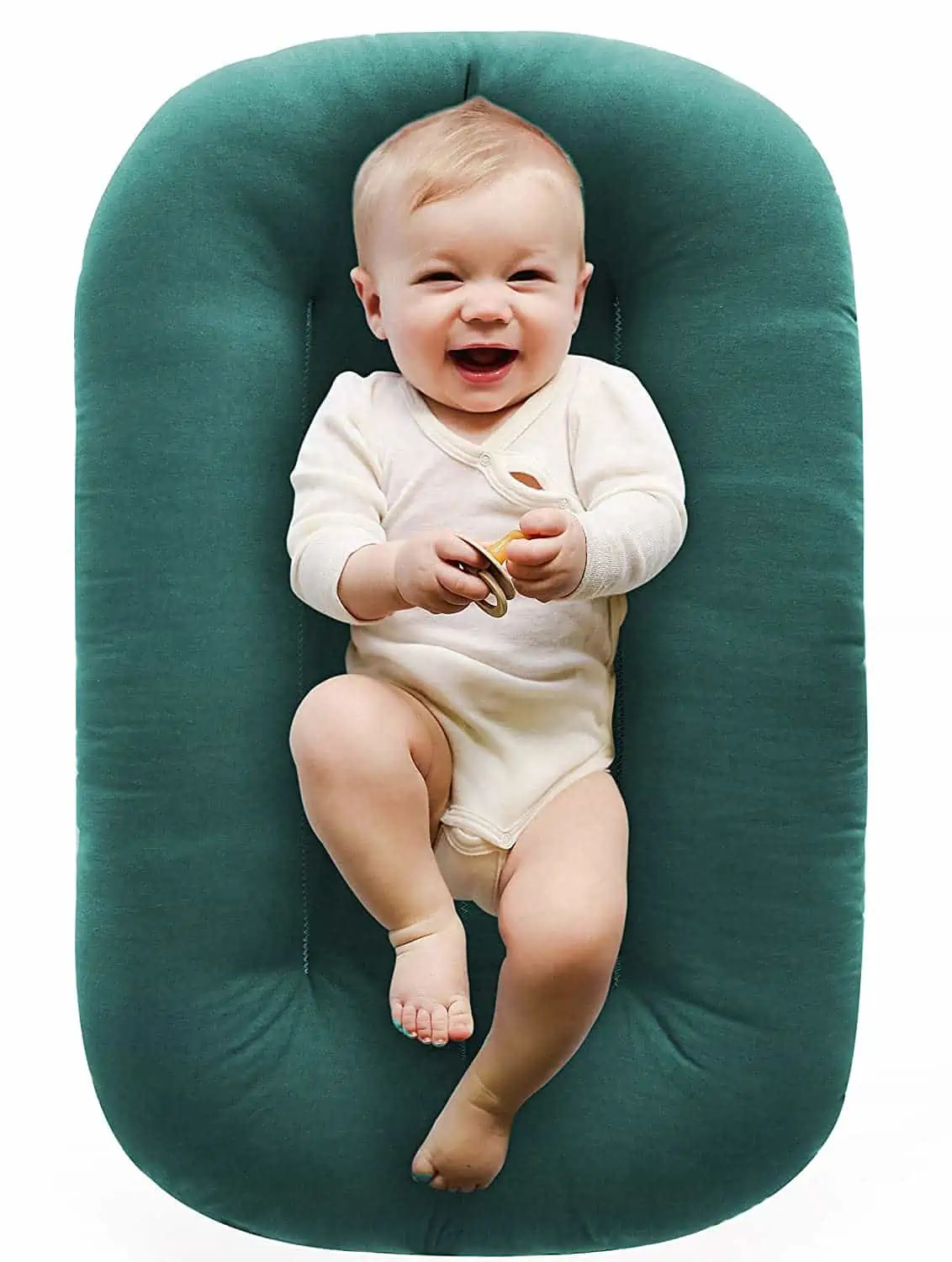Parents who bottle-feed their babies are confused about when bottles and pacifiers should be changed. With the help of this guide you will know how long can you use baby bottles, how to care for and how to store them. Also, you will understand all the the signs of an old baby bottle!
If you are bottle-feeding your baby, accept that you have many different types of bottles at home. It’s not a good idea to put or use the same product in all of them, and it also physically causes bottles to wear out more quickly. If you use the spares you have for outside or by adding water, you will always have one solid baby bottle with gold in your hand and you will save your day in this way. so you don’t have to wash them right away for your diaper bag or even your child’s nursery. However do you know how many months a bottle of water should be used continuously and its use should be terminated?
Body of bottle
You should take a look at the list below and now learn everything you need to know about how often you should change bottles by looking the body of bottle.
- Bottles do not have an expiration date. However, it expires because, unlike pacifiers, it breathes due to the hole in the middle and absorbs the nutrients put in the plastic, which is the material it is made of.
- Glass baby bottles, other than plastic bottles, can last longer without any problems since they break down more difficult and contain bacteria.
- If you see any cracks, leaks or chips in the bottle, you should not use the product any longer.
- Discoloration of the bottle is another warning for not to use it.
Nipples of the bottle
The nipples in the mouth of the bottle are more easily broken than the body of the bottle. The reason for this is that it has an elastic structure that takes shape while sucking and comes into contact with the mouth. In addition, baby teats can pose great risks for your baby as their milk teeth are sharper than normal teeth. This is why you will often need to replace the nipples you use for the bottle with new ones.
Signs of an old baby bottle
1-Body parts of the bottle have cracks and color changes.
2-The teat of the bottle is broken or cracks.
3-You are able to hear high pitched sounds when pressing the bottle teat and you hear a squeak noise when you pull it out completely. This means that the material is up to its limits. (Baby bottles should be replaced immediately after this noise)
4-When you dispose of the baby bottles, please put them in a specialized bag for plastic bags and not in your general waste bag, because it can pollute our environment.
5-It’s a good idea to change your baby bottles every 3 to 4 months. The strict schedule is not necessary at all.
6-If you child is used to warm milk (most are), do not add minerals such as calcium and/or vitamins to the baby formula for babies. These substances can affect the baby’s metabolism and cause diarrhea in your baby.
7-Never use a knife or scissors to open the lid of the bottle so that it does not affect the shape or material of the bottle too much. To avoid this, you can get a bottle opener from the Internet.
8-Do not leave your baby bottles in a hot place such as a direct heat source, a hot car or even in the sun for much time. This can cause it to break.
Dear parents, babies and caregivers, the more we use baby bottles and the more they are worn out; the more they can be used. As mentioned above, you should know how to care for them, but also how to store them so that they last longer.
Store your baby bottles carefully in a dark and dry place. Try not to use them in direct sunlight or high temperatures. Use a plastic bag as a container if you want to store bottles longer than 3 months (you can put it into your refrigerator). The bottles should be completely filled with water, so that they can be used as soon as possible.
If you have time and are careful, you can use the old teat with a new baby teat. You can also use a sewing needle or some other device that keeps the two parts of the teat together. The reason for this is that if all babies soon die due to contaminated milk, you will still be able to feed your child from the original baby bottle by using this method. This way, you will prevent bacteria from poisoning your child in any case.
Some baby bottles have an anti-colic device. This device helps you to make sure that the baby does not suffer from colic. It is deemed that this device works on babies who suffer from colic due to swallowing too much air during feeding.
Closing the bottle after use
Be careful not to be idle when you close the bottle with a cap or lid. Otherwise, if you leave a little residue in the parts that are closed, some small insects can enter and feed on this substance. In addition, if your child cries due to hunger, in order not to cause damage to him by using it as soon as possible by filling it with water and giving it back to your baby in time.
If you use the anti-colic device, you should not leave it in the baby’s mouth after closing the bottle because its special shape will not fit on your baby’s mouth.
The correct way to use a baby bottle is as follows:
-Remove any residue at the opening of the bottle with a teat. Thereafter, fill it with water and clean it with soap and warm water or disinfect it by boiling for 10 minutes. You should always fill your baby bottles with water that is cold in temperature and not hot! This method also helps to avoid any infection or disease that can occur for children who drink cold water from clean babies bottles.
-Put the teat close to your child’s mouth and wait until he starts to suck. If your child struggles and cries, but does not get tugged, then you should give him a little water.
-Putting the baby bottle in the first position and getting it in the second position is not necessary at all. This is because there are ways of using baby bottles which do not require you to put it on a high position or open it at all. For example, you can put it over your hand (with palm down) or pour some water through its mouth so that it can drink this liquid easily.
-If your child does not drink or does not want to drink the water, you can stop its mouth with the teat. You should be aware that the age of your child has no effect on this matter. If you have a young baby and he is a little older, you should encourage him to drink so that he does not need to use it again after a while because of thirst.
-If your baby is not used to drinking milk from bottles, you can try giving him some juice or water, so that he uses the bottle more easily (according to the level of his health).
There are some points that you should consider. If you want to keep your child away from germs and sickness, then:
-Make sure to clean the baby bottles after every use. The best way to do this is by boiling it for 10 minutes or washing it in hot water with soap or by using a bottle sterilizer.
-You can make sure that your baby’s bottles are cleaned by boiling them in a saucepan for a few minutes at high temperature (100 ° C / 212 ° F). You can also add 2 tsp of salt to 1 liter of water in a pot and heat it for 30 minutes at high temperature.
-When you wash the bottle in warm water with soap, do not forget to rinse it until the soap is completely removed. Cleaning detergents should not be used for cleaning bottles because of their toxicity and the ability to enter your baby’s body through swallowing or body absorption.
-You should never clean your baby bottles in your dishwasher because it can be quite dangerous for your children when they are older because of the different materials that can make a baby bottle more dangerous than manual washing. The reason is that if there is hot water and high temperature in these devices, they can melt the plastic teat or cap of baby formula bottles and cause poisoning or inhalation to babies who are older.
-When you rinse the bottle with water after cleaning, try to make sure that your child does not put his mouth around the baby bottle again because it can cause severe poisoning.
-Sometimes, dirt or substances from leftover food can be left behind in baby bottles (like carrots). The older your child gets, the more difficult it will be to keep these things away from your babies. What you should use is a teat brush and a cloth soaked in bleach (1/3 cup per gallon of water), which should be used by brushing the surface of the baby bottles every day so that they do not leave dirt or residue anywhere on them. After cleaning, you should rinse it thoroughly again.
-If your baby is going to eat a supplement, then you should not use conventional baby bottles. You can try the Nuby bottle because it has feeding tubes that are attached to the device.
-The material (plastic or metal) of baby bottles should be considered as well. If a baby infrequently vomits, does not have a fever and does not have any skin infections, then you should use plastic bottles, but if your child has many diarrhea and vomiting problems then aluminum is probably the best choice for you to prevent danger from contaminated milk if it falls into his mouth accidentally or if he swallows too much of it while playing with him and gets him very sick and his whole body is full of diarrhea with fever or vomiting.
-If your child has a fever and he vomits, then you should not use baby bottles because they do not prevent vomiting at all but they will make diarrhea worse. You can use baby bottles if your child does not have a fever, but the most important thing is to prevent food from touching the bottle or the parts that are connected to it.
-When you wash your child’s bottles, you should never put them again in the dishwasher because this can be very dangerous for babies who have a lot of diarrhea or vomiting and do not always wash their hands when they are washing their mouth. This also causes problems with diapers and wipes that come into contact with these babies’ bottoms.
-If a baby does not eat or drink for a long time, then you should check the color of his mouth and teeth. If the color is blue or green, you should immediately take him to the doctor because he may have swallowed milk from his baby bottle.
-You should make sure that you do not put your child’s bottles above the sideboard in hot weather because if it falls down, then it can damage your child’s health and cause him problems that are very difficult to solve without a doctor’s help.
-You should not use any type of detergent or harsh chemicals to clean bottles, because they are not good for children’s health.
-If your child is sick, you should immediately throw his baby bottle away in a special place that is safe for both animals and humans. Try to keep these glass bottles in a box and do not put them with ordinary rubbish so that it does not affect your health or the health of your family either.
-There are a lot of different brands of baby bottles on the market that can be purchased on the Internet. You can follow different sites to find more information about these products, determine their prices and compare them with each other.
-You should also do some research about your baby’s needs as a starter for buying baby milk bottles for your newborn because this is one of the most important steps in choosing what to buy for your child. You can also use e-commerce sites and forums (like Amazon, Walgreens, Walmart or Target) to ask other parents which brand or type they used or that you should buy.
When you need to change it
If you notice any kind of cloudiness, cracks, or color changes on the bottle’s body part , you should replace your bottles immediately to avoid problems such as bacteria or leaks. However to avoid such situations, you should buy a new bottle every 3 to 4 months.
Conclusion
Although there are a few things that you should be able to do when you are going to buy a baby bottle for your child, you have to remember that people come from different parts of the globe and they have different cultures. That is why there is no single golden rule that can be applied all of the time. And the only way to find the right baby bottle for your newborn is by asking friends who have children and do some research on the Internet or by making your own comparisons between different brands that are sold in your country. You can also consult with a pediatrician if you have any concerns about buying and maintaining baby bottles.







